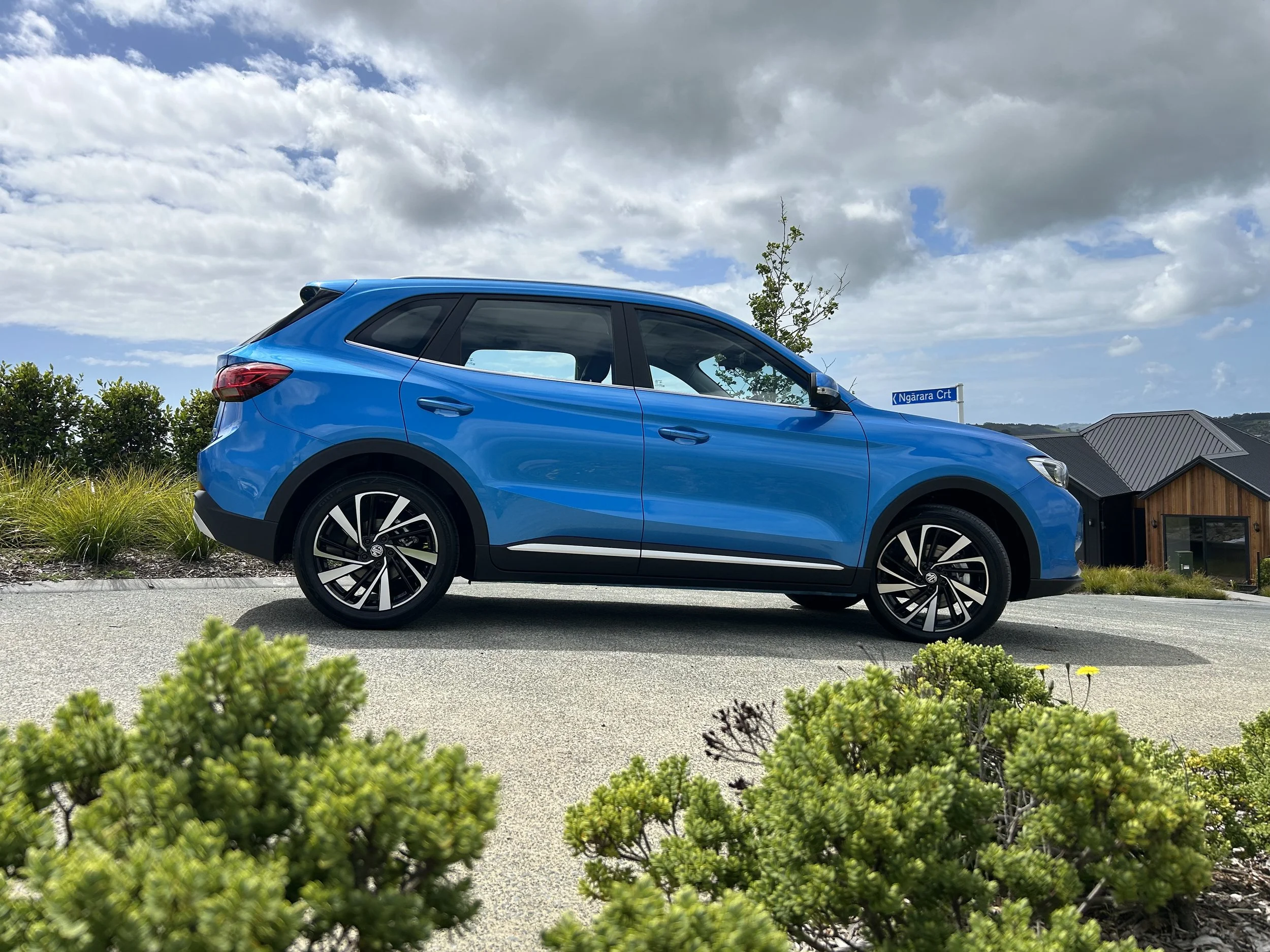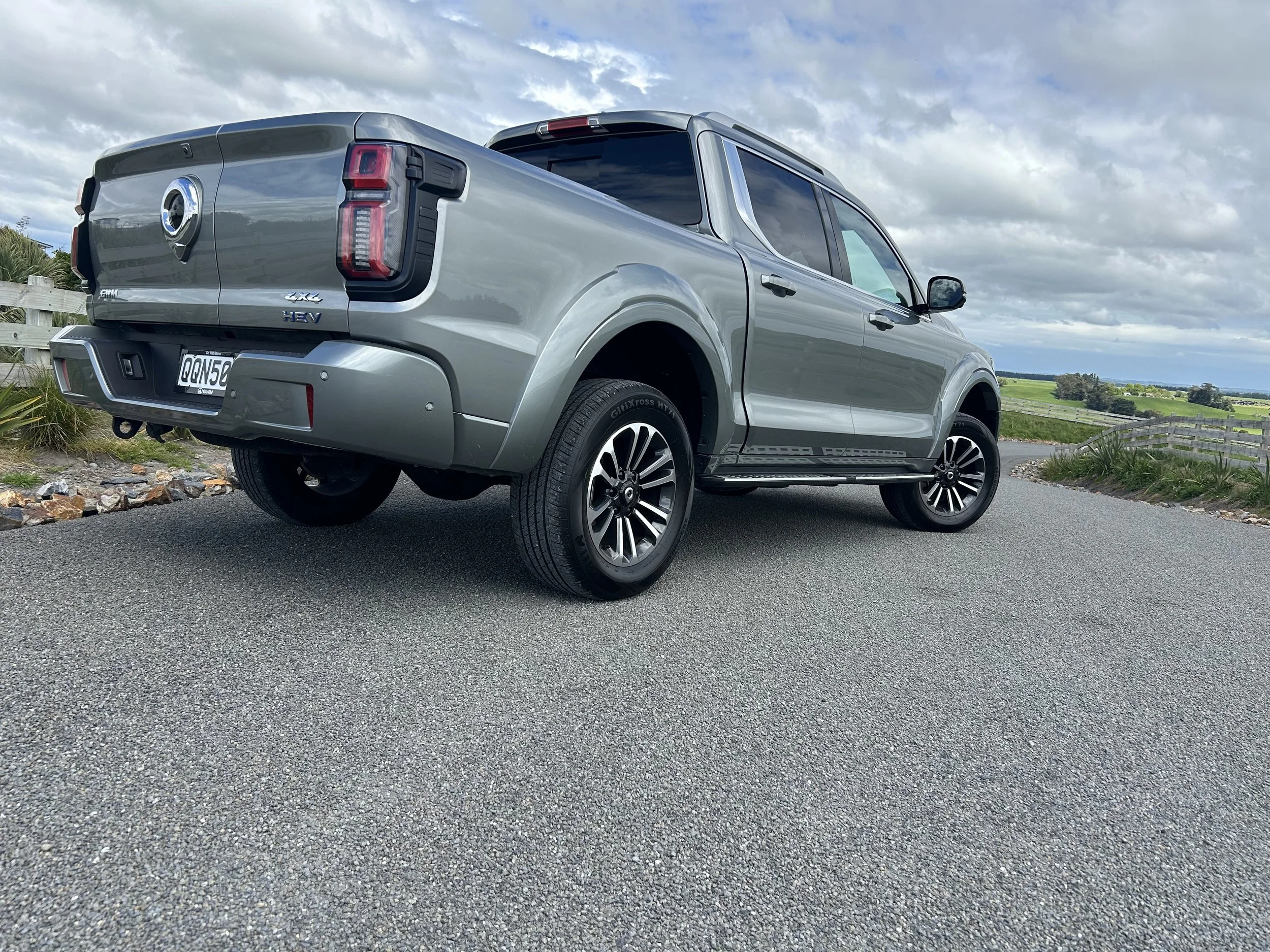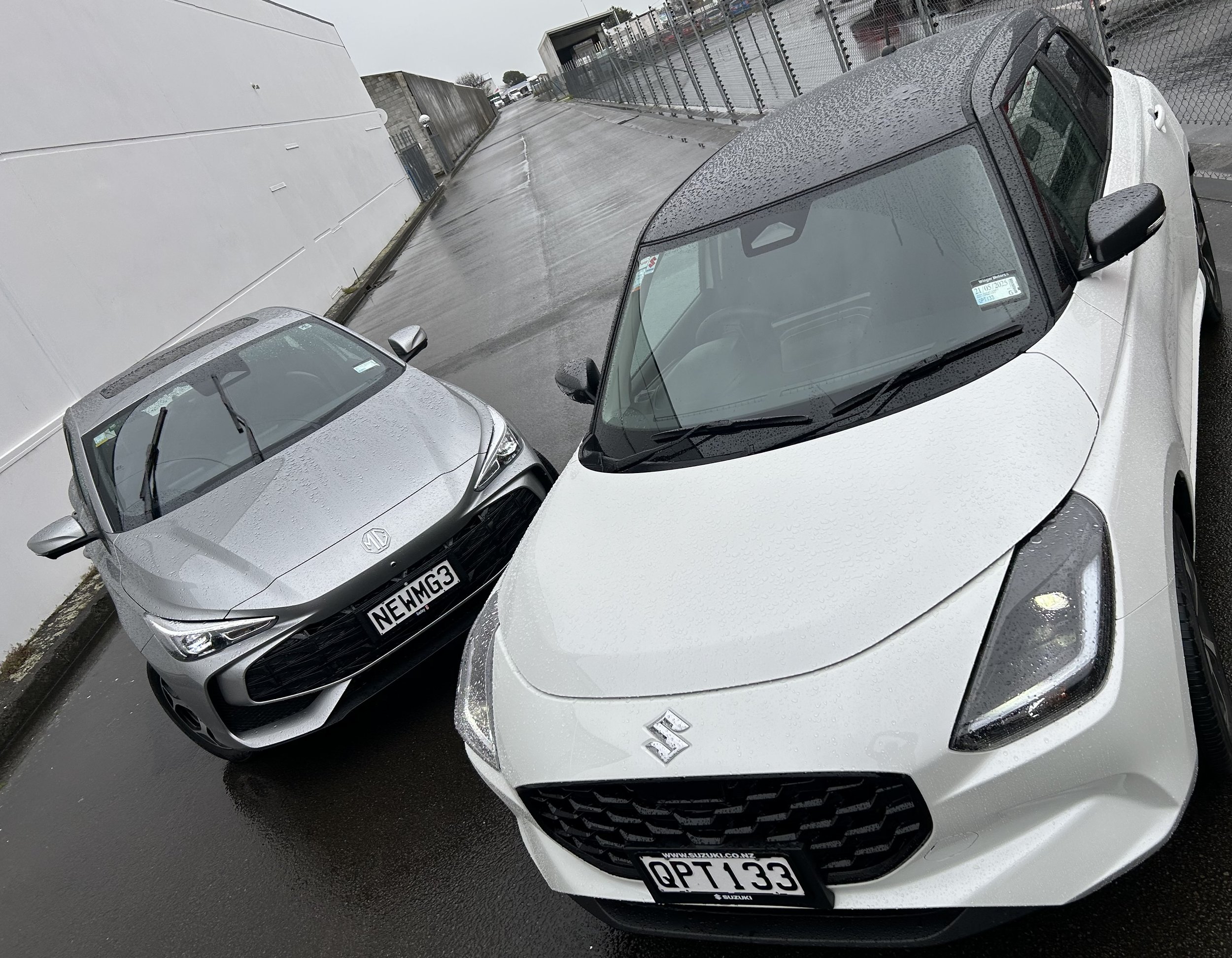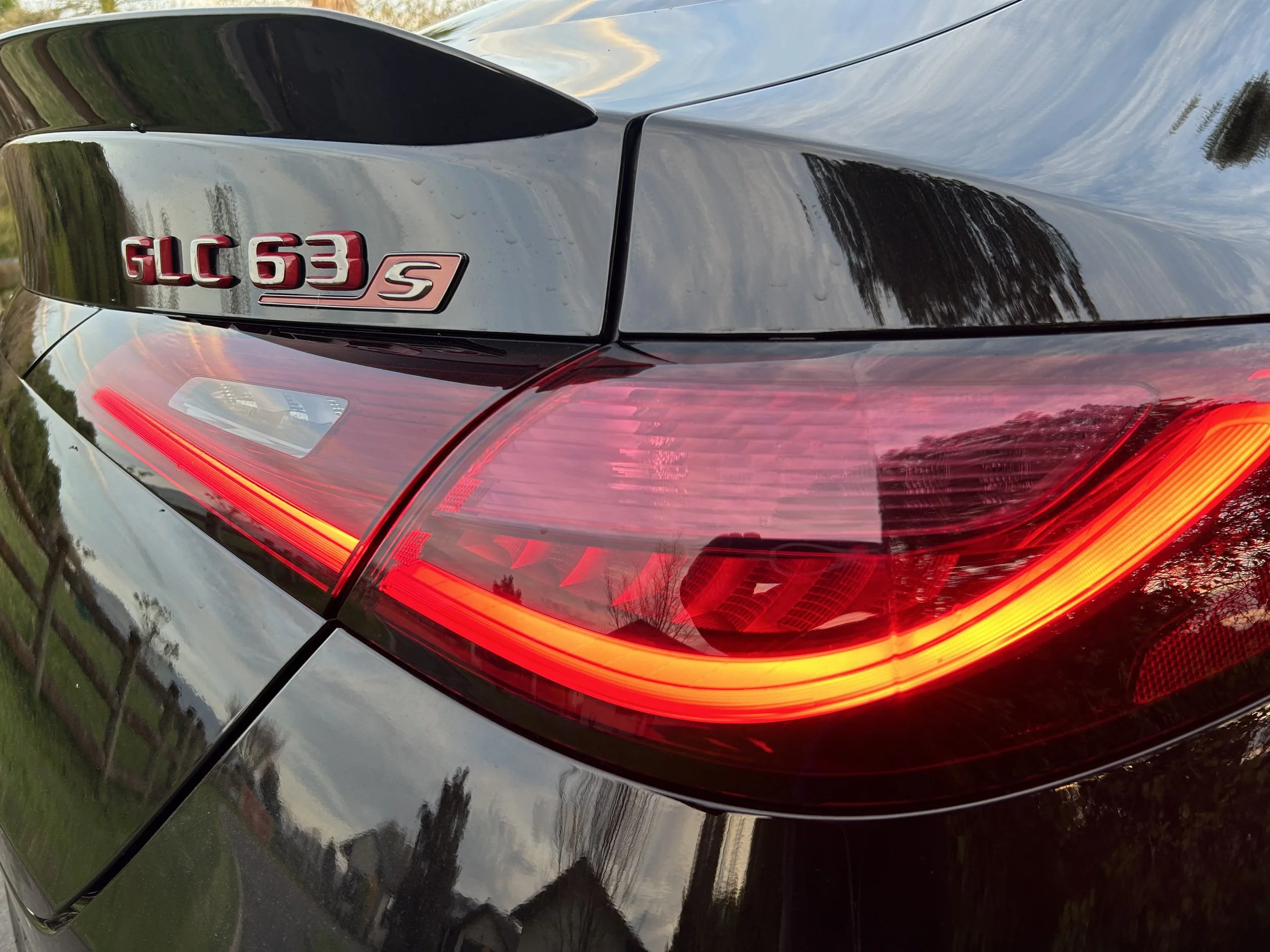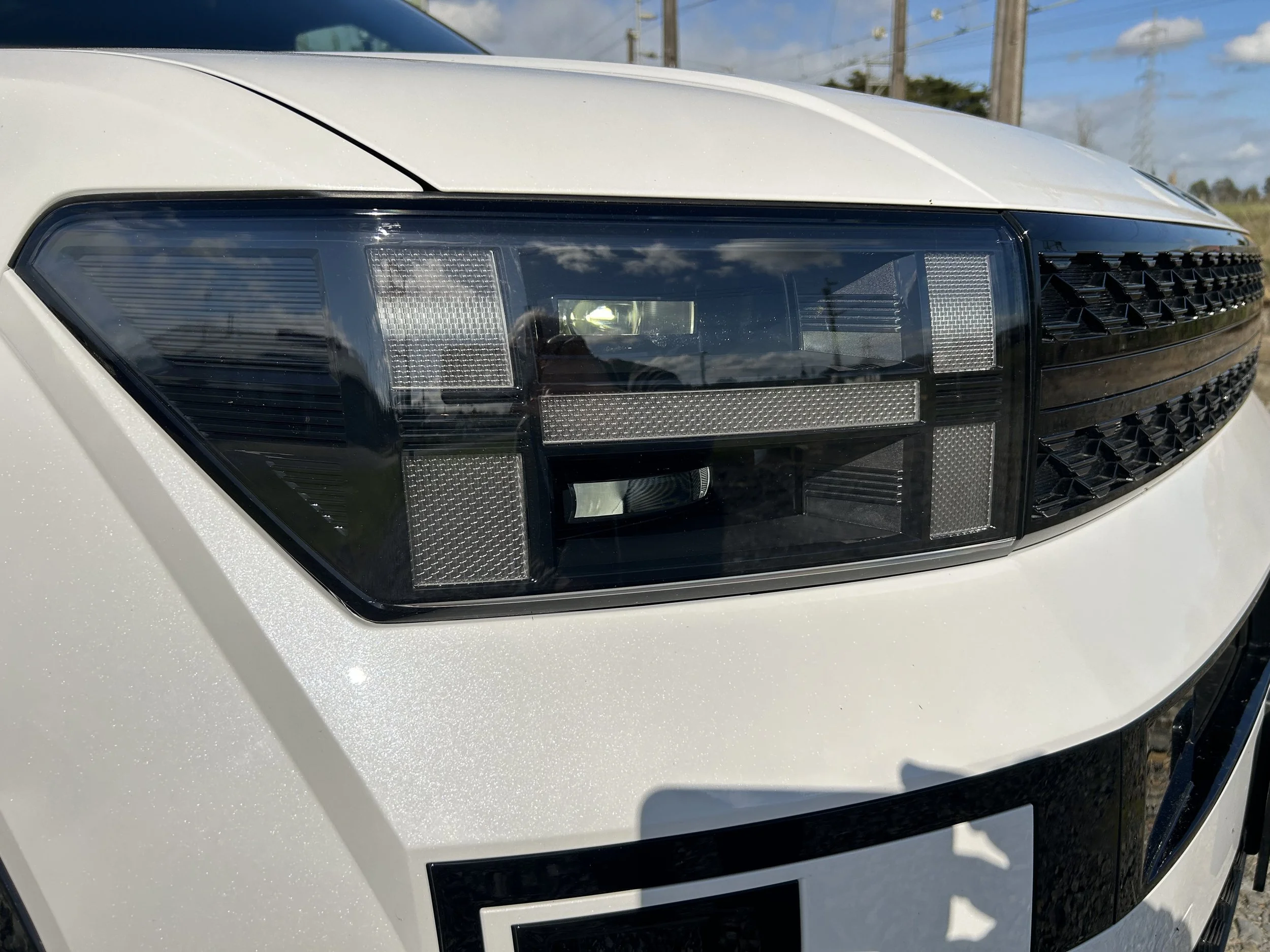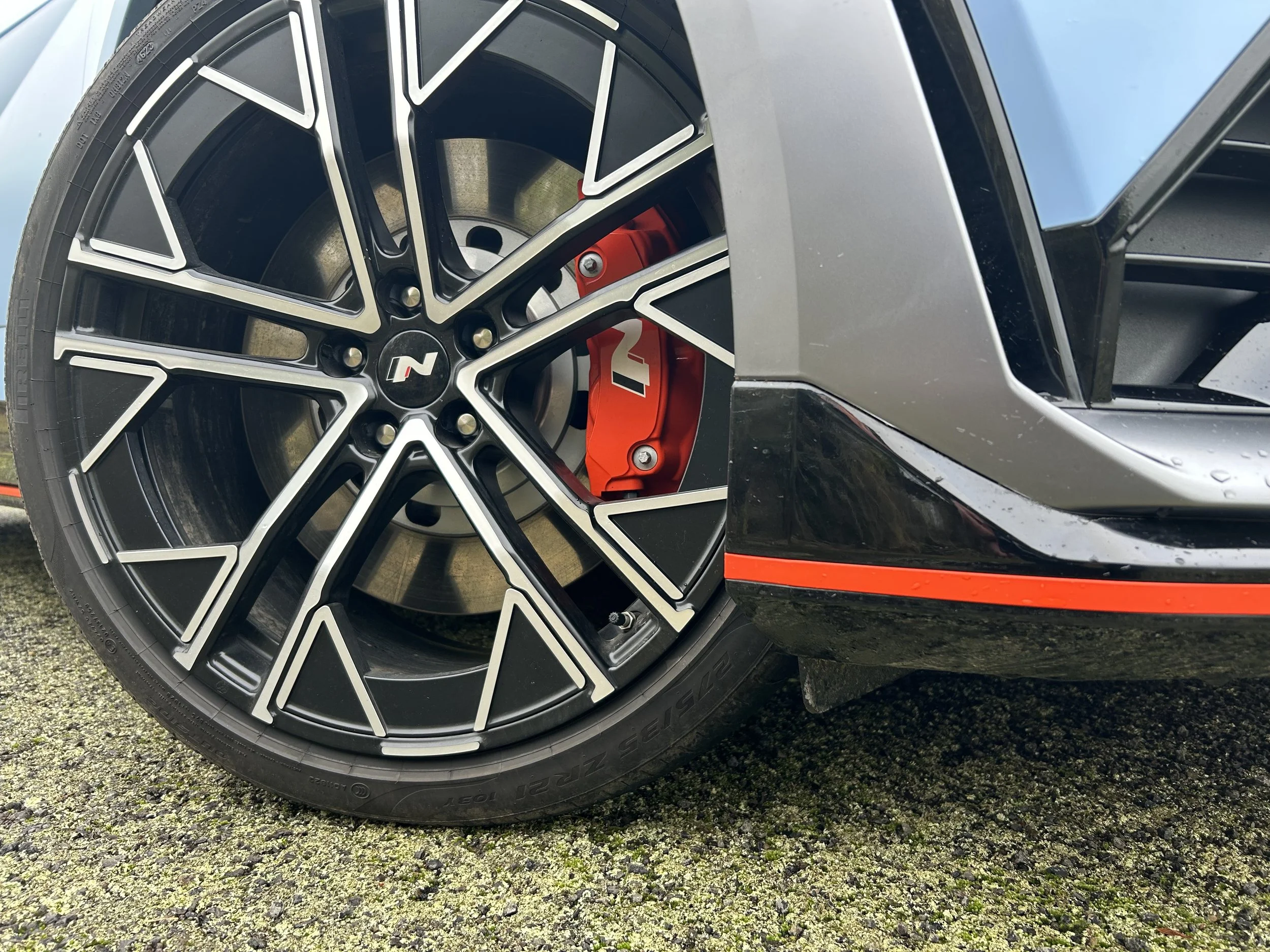BMW X3: Impressive lift in tech and sportiness
/The third generation cuts a better track than its predecessors and reveals the direction set to be taken by the X model Kiwis love most of all.
THE numerical designation that suggests a relationship with the Three-Series car is outdated and potentially misleading – so much about the new X3 now signals it is more closely aligned with another in the BMW family.
For now, it’s the Five-Series road car series but, on the strength of evidence presented, if could perhaps be the new X5, which is still a year from release.
Chance to check out a Five Series Touring our hosts brought to the X3 media launch as a convoy car reinforced this impression. So much of the cabin layout, many of the infotainment/driver assistance technologies and a lot of the luxury air that wowed in the latest evolution of the passenger model appears to have transferred into the medium sports utility car.
You’d have to hope that what the X3 gets will also now trickle into the X car that Kiwis love most of all: The X5.
Does giving mention to the biggest (until the X7 and X8 come) BMW sports wagon seem a parade-raining thing to do on an occasion when the spotlight should be fully on its little brother?
Some might say so. But, fact is, when talking about any X models, it is impossible to ignore the X5.
In annually accounting for half of all X range sale, the big guy claims three times the shareholding achieved by the outgoing X3 and double that for the X1, which is presently the second-most popular Munich-made crossover.
If the interior and technology meted the next X5 is as good as that used by the Five Series roadcar range and, now, the X3, then it’s assuredly going to have no trouble remaining as the dominant force.
That comment doesn’t diminish the X3’s standing. It is assuredly also set to achieve greater success than its two predecessors have enjoyed over a 14-year presence here.
For all that, while BMW chooses not to share volume expectations for the line we spent two days driving, it was clear that while they expect improvement – perhaps enough to see it bump the X1 down a peg – the X3 has never outsold the X5 locally in the past. Regardless that it is set to be a rising force going forward, they do not anticipate it to topple the king.
No matter. Playing second or third fiddle within the X family does not diminish the X3’s potential to rattle the category in which it is specifically contained.
Broadly speaking, the formula for this new version very similar to that of its predecessor, but there have been a myriad of changes that lift its game.
Enough to leave it better placed, now, to square off against some very polished premier league alternates, not least the ones that speak the same language, the Mercedes Benz GLC – very much a rising star category – and the Audi Q5, which has a very loyal following.
BMW has set aggressive pricing, starting at $92,850 – this for the xDrive20d – rising to $99,850 (xDrive30i) and topping at $119,850 for the first ever M Performance derivative of the X3. But that wouldn’t mean much if the car wasn’t up to snuff in a sector where, at the highest level, excellence and quality is a given.
Fortunately, BMW have met the rising challenge. How much does the X3 impress over its predecessor? The reasons have to start with the technology lift.
It’s brilliant that pretty much all of the Five’s instrumentation and infotainment/driver assistance technologies have transferred and also implanted into a setting that is far more luxury-prioritised and better presented than previously, with soft leather trim throughout every cabin, even on the dash.
Drivers are going to delight in the abilities of the 10-inch centre screen with iDrive 6 - which can be operated via the rotary dial, gesture control, voice control or touchscreen – is abetted by a smart 12-inch digital instrument panel and a massive (70 percent bigger) head-up display with a ton of details and data.
Standard fit is something new to the X3, BMW's Driving Assistant tech which incorporates the fundamental elements of BMW’s march toward semi-autonomy, a camera and radar, to run an adaptive cruise control with Stop and Go, cross-traffic warning front and rear, various lane assist tech and blind-spot monitoring.
Another cool touch is the Connected Plus technology suite, apparently clever enough to allow a driver to programme a route in their smartphone app, which then sends all this automatically to the nav upon start-up.
That’s all good. So too is the styling. The pretty third gen body is bigger than those before it – larger, in fact, than the first-gen X5 – but it looks dimensionally better too, thanks to deft exterior body shaping, the work of a young Australian, Calvin Luk.
There’s a larger, bolder double kidney grille and adaptive LEDs in hexagonal shape to impart a higher tech look. Odd-looking tail-lights are also in the past; the new units have a more flowing, finished look. The overall design is more about surfaces than lines and it’s more aerodynamically efficient.
The 50mm growth in wheelbase is good for interior space. It’s still a cosy car for four adults, but every position offers more leg, shoulder and, even with a panoramic glass roof, head room. The driving position is also more car-like, now.
The back bench reclines, via levers near the bases or in the cargo area, and also fold 40-20-40 – though doesn't slide – and passengers enjoy rear vents with temperature control, a rear 12V (but no USB) and LED reading lights. You also get a kick-operated electric tailgate that reveals an unchanged boot space over the old car, so 550 litres seats up and 1600 litres in van mode.
Driving-wise, it also lifts its game, including in the environment most owners probably never thing to visit, from imagining – as I did – that it’s just not ‘that’ kind of machine.
Well, it is now. Day two of our introduction saw the car traversing Poronui, a 6500 hectare rural property near Taupo that as both a working farm and high-end hunting ‘n fishing lodge offers medium to serious conditions.
What was more eye-opening was that the expedition didn’t include the edition you’d suppose was best-suited – because they derivative, the entry 2.0-litre turbodiesel, was still on the boat.
The distributor decided to push on nonetheless, so we went exploring all the way to the property’s highest point, first to a trig station at 1391 metres above sea level that afforded spectacular 360 degree views, and later through Beech forest bordering the Kaimanawa Forest Park, in the petrol editions.
Yes, both: The M40i might be configured more for race tracks than dirt ones, but the brand reckoned the wildest X3 it has ever conceived could cope with the worst Nature threw at it.
So it was that I headed into the boonies in a rorty model which, in packing 265kW of power from 5500rpm and 500Nm of torque between 1520 and 4800rpm, touts similar power and torque outputs to the SQ5 (260kW/500Nm) and Mercedes-AMG GLC43 (270kW/520Nm), albeit put to slightly better use with a slightly superior 0-100kmh time of 4.8 seconds.
A car whose crackling exhaust note would echo through the hills, giving of prior warning to the resident herds of deer. A model whose 21-inch wheels, the largest ever for the X3, an aero body kit and special suspension would be laughed at by Bear Grylls types.
We’re undoubtedly fortunate the pumice-rich ground conditions were firm and dry, yet I was nonetheless impressed and relieved about how it handled an increasingly steep, occasionally slippery and often rutted course.
The big challenge for the M car was provided by the ascents, when it might not have required much moisture to cause those wide but obviously performance-profiled Bridgestone Potenzas to let go. I’m pleased to say they didn’t, not least when the car tip-toed down a section with dizzying drop-offs on either side. Here, as elsewhere, the hill descent did its job, working seamlessly and without the usual graunching and grinding.
So it does the job – though you can understand if only a few owners at best would dare want to follow suit. A 204mm ride height, reasonable approach and departure angles and a 500mm wading capability are fair but not outstanding for a car of this kind of vehicle, and it hasn’t any low-range or any particular underbody protection and is clearly not the most nuggety-looking opportunity by any means.
It copes as result of its technology: An off-road-focused hill-descent control system – a kind of off-road cruise control where you adjust the car's speed via the cruise control and keep your feet off the brake and throttle pedals – is the most crucial safety net. Beyond that there’s the all-wheel-drive system with variable torque split, though ultimately – in M format especially, since it has a more specific rear-drive preference – even that is road-tuned.
The previous day’s running, Auckland to Kinloch on mainly quiet secondary roads, hammered home that, as good as the M is in modest mud, it is ultimately far more better sorted to provide madcap momentum.
Wedging in a reworked and uprated version of the staple 3.0-litre TwinPower turbocharged inline six-cylinder petrol (with fully variable valve control and high-precision injection) from the M140i give it a tonne of snarling stonk; give it full throttle and there’s sufficient shove to push you firmly in the seat.
There’s also decent flexibility due to the wide torque band and surprisingly good economy – on road, at least, when we got to within 0.8 litres per 100km of the make’s claimed optimum of 8.9 litres per 100km. It hits the sauce a bit harder undertaking off-seal work, of course: In our case, the burn average rising to just under 14L.
The engine’s intent opens at ignition, with a menacing note idle not through the twin-pipes. The most feral setting, Sport Plus setting, sharpens the throttle mapping and remaps the eight speed auto’s shift points – though it’s even better to use the paddle-driven manual mode, enjoying the tactility of those damped metallic paddles (plus, of course, that M Sport steering wheel) – revving freely to the 7000rpm redline and offering the full gambit of pops, burbles and crackles under upshifts and on the overrun.
Even though it’s lighter than the last – a key aim being to reduce unsprung mass (hence BMW has made the hub carriers from aluminium and fitted hollow rather than solid anti-roll bars) – and adopts a more athletic demeanour. Even the roll moment, or theoretical pivot point when cornering, has been shifted rearwards in the interests of agility,
So it’s sportier and more adept, also more involving, than past efforts, but don’t think it is about to threaten any current M road cars in respect to dynamic finesse. For sure, the body control is good enough for it to rarely feel precarious and the electric-assisted steering takes on ample resistance at speed if you're in the right mode. But it’s still a tall car.
The M40i definitely has a higher cornering threshold than the alternate model, but this demeanour at a price. If you’re chasing genuinely compliant ride, stick with the X30i.
The M machine’s low-profile run-flats give a lot of grip, but don’t have much give. Neither does the spring and damper setting. Even in its Comfort tune, the adaptive damping feels like it needs a good autobahn to
well in the various sport and comfort modes. By contrast the 3.0 variant was firmer, without the variability of the top model. Both corner well, arguably better than the XC60 we’ve just been driving, and with a slightly clearer helm but there’s little in it. The XC60 rides slightly smoother with its optional adaptive air suspension. For performance the BMW is stronger as an M40i but not by that much, the twin-charger T6 also satisfying on that front and stronger than the similarly priced xDrive30i.
I wouldn’t say it is too firm for our roads, but the degree of roar and the way it fidgets and fiddles on coarse chip especially is impossible to ignore, which is a shame, given that overall it is a very refined offer.
We’d like to catch up with the diesel. For sure, consumer interest in this fuel type is waning – to the point where the big-heft hero of the old range, the xDrive30d, is now just a special order item – but the concept of a more laidback car with a decently strong (140kW/400Nm) and thrifty (5.7L/100km) engine appeals.
Ultimately, of course, the pure battery X3 that will elevate BMW’s electric push will be here, too, to lift the environmental message.





